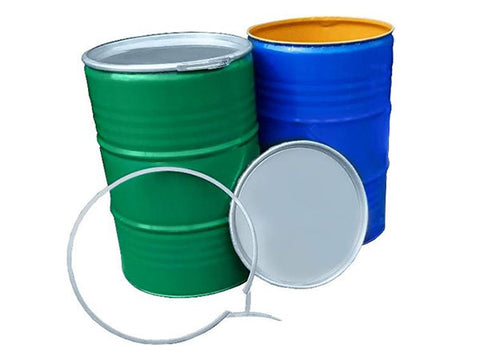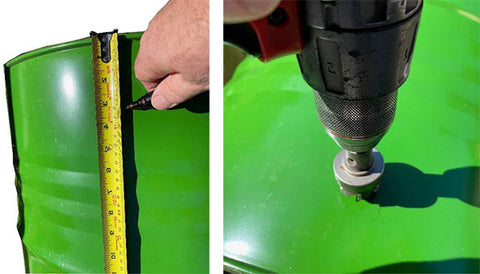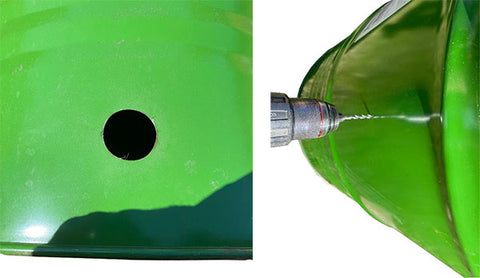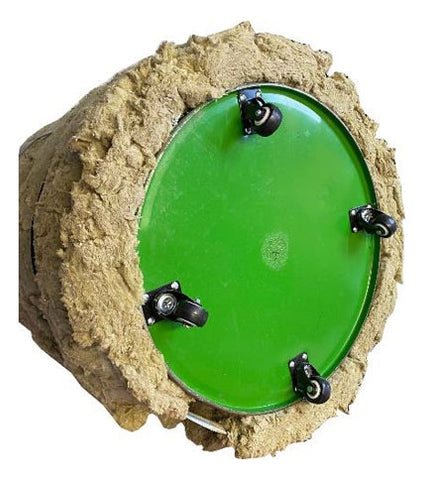
DIY Powder Coating Oven for £100
Over the years, we often ask returning customers what method they are using for curing parts, mainly so we can pass these ideas on to other powder coaters, either just starting or seasoned powder coating professionals.
There are many variations of heating methods customers tell us about, but increasingly, we are hearing that oil drums and hot air guns. To this end, we have decided to make one of these ovens and see how effective they are.
For all the parts we purchased, links and descriptions are at the end of the blog. But essentially, the build consisted of the following materials:
Materials
|
|
205L (45 Gallon) Steel Drum We started by buying a clean 205-litre (60 x 60 x 86 cm) oil drum from Amazon for £37 delivered. We purposely didn’t want an oil drum that had been used with oil because it may create fumes or catch fire when curing. We also selected a drum with a lid and snap ring to keep it shut.
The results were perfect! Thus, we can fully recommend this build of oven. We have used this oven many times now, and it never fails to surprise us how this simple, lowcost build can produce such professional results.
|
Material list from Amazon
- 205L Drum with a cover and steel collar (45 Gallon Drum) - £37.99
Diameter - mm 600
Height - mm 860
Capacity - Litres 205
Weight Capacity - kg 204
Capacity - Gallons 45
Construction Material CR4 Steel
Amazon Link
- Terratek Pro 2000W Heat Gun Professional Hot Air Gun. Variable Temperature Control 80°C - 600°C. - £24.99
Amazon Link
-
Paonies Digital Thermometers Food probe - £10.99
Amazon Link
- Loft Insulation (we used Rockwool Thermal Insulation available from B&Q, Wickes etc.)
- 4 x Swivel Heavy Duty Wheels - £6.45
Amazon Link
This DIY powder coating oven is perfect for curing powder-coated alloy wheels. We have written an article exploring the benefits of alloy wheel powder coating, discussing the powder coating process, and providing helpful tips for maintenance and care.
Over the coming months, we will cover many other questions customers have asked us with a mixture of blog articles similar to this one and videos. If there are any particular areas you would like us to cover, please send us an email and we will try to cover it.






 We made sure the bracket didn’t obscure the air intake of our hot air gun.
We made sure the bracket didn’t obscure the air intake of our hot air gun.




